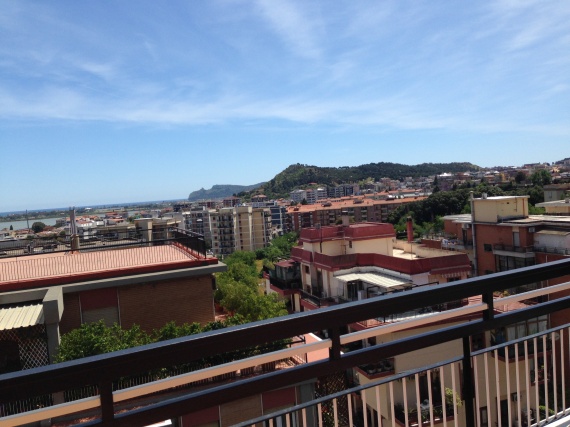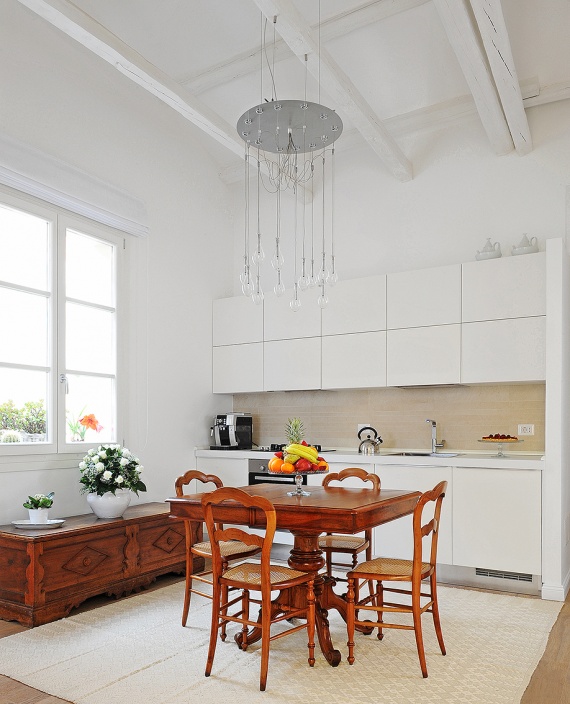B&B Saffron Hill Home
Large apartment of 150 square metres with two double rooms for guests with private bathrooms, a large common room for study-reading, large common breakfast area. Respect for tranquility towards guests and condominiums is appreciated.
Located in the San Benedetto area, on the 3rd floor without elevator, quiet, five minutes from the Monte Urpinu Park, ten minutes from the courthouse of Cagliari on foot, near the San Benedetto Market, served by public transport at 50m: 3, 3P, 6. The 3P Bus reaches Poetto beach in 15 minutes, one of the most beautiful beaches in the Mediterranean.
The apartment of the B&B is elegant, renovated in 2017 and it has two rooms reserved for guests, very large. Each room has its own bathroom and is equipped with TV and WiFi.
It has a "common room" with a small library. The owner speaks English, German and Italian.
B&B Saffron Hill Home
B&B Saffron Hill Home
Via Bellini, 17

Add new review
Your review will be visible after approval by the editors
To post a review you must be an authenticated user.
Log in with Social Login






